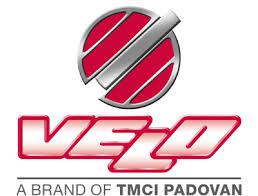
Membrane degassing
System BECA®

Variant with dry-running vacuum pump:

Water for industrial processes subject to different requirements. An important role for the quality are the concentrations of dissolved gases in the water after treatment. Gases, which make themselves disturbing noticeable, are oxygen, carbon dioxide and also in rural areas ammonia. Oxygen has an oxidation effect and accelerates the growth of germs. Carbon dioxide charged ion exchanger (dissociation into the different components of the gas) and leads to exceedance of limit in the water.
The Membrane degassing is a membrane diffusion method in which the diffusion of the gases caused by a membrane will be achieved by creating a partial pressure gradient. The membrane is installed in one compact module. The compact module essentially consists of a cloak, Membrane hollow fiber bundle (hollow fiber and capillary), the distributor for the water and the gas connection. The water to be degassed flows from the centrally located distribution radially outward by the hollow fiber bundle. The stripping gas flows through the membrane in the lumen side (inside). Due to the hydrophobic properties of the membrane, no water penetrates through the membrane into the gas phase.
Fresh water consumption and effluent disposal not only affect the environment, but also can add considerably to your operating costs.
At the same time your customers require the best product quality, low residual oxygen content and absolute cleanliness.
We have taken these aims on board, and in conjunction with our customers in the beverage industry, have developed the cost-saving Membrane Cold Degassing System BECA®.
We developed the closed-circuit seal-water system in 1994. This guarantees enormous service water savings. The seal water is cooled by the incoming product water.
Your at-a-glance benefits of using the Membrane degasisng System BECA®:
- The patented BECA® seal-water circuit reduces fresh water and effluent costs by more than 90%
- Residual Oxygen content down to less than 0.01% subject to model
- The membrane module has no dead-legs. It can be cleaned in the CIP circuit and totally sterilised. (The detergent used for CIP must be free of any surfactants)
- Compact modular construction – low investment costs
- Individual adaptation of the plant concept to customer requirements


































































